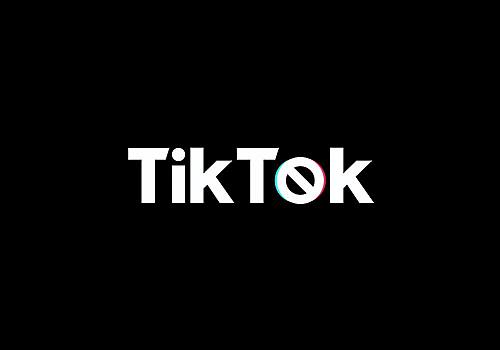People have long been aware of the spectre that is data collection. For years, our habits, thoughts and interests have been recorded and regurgitated back to us through increasingly targeted content and ads. It has begun to seem normal. Algorithms that target consumer interests are everywhere - but have we finally reached the tipping point?
Jokes about Google’s targeted ads - and their hilarious accuracy - are very common. Have an interest in horses? Here are five Etsy artists who specialise in equestrian art. Did a late-night existential crisis lead you to google Chinese mysticism? Here are four amazing oil diffusers to aid your spiritual journey.















